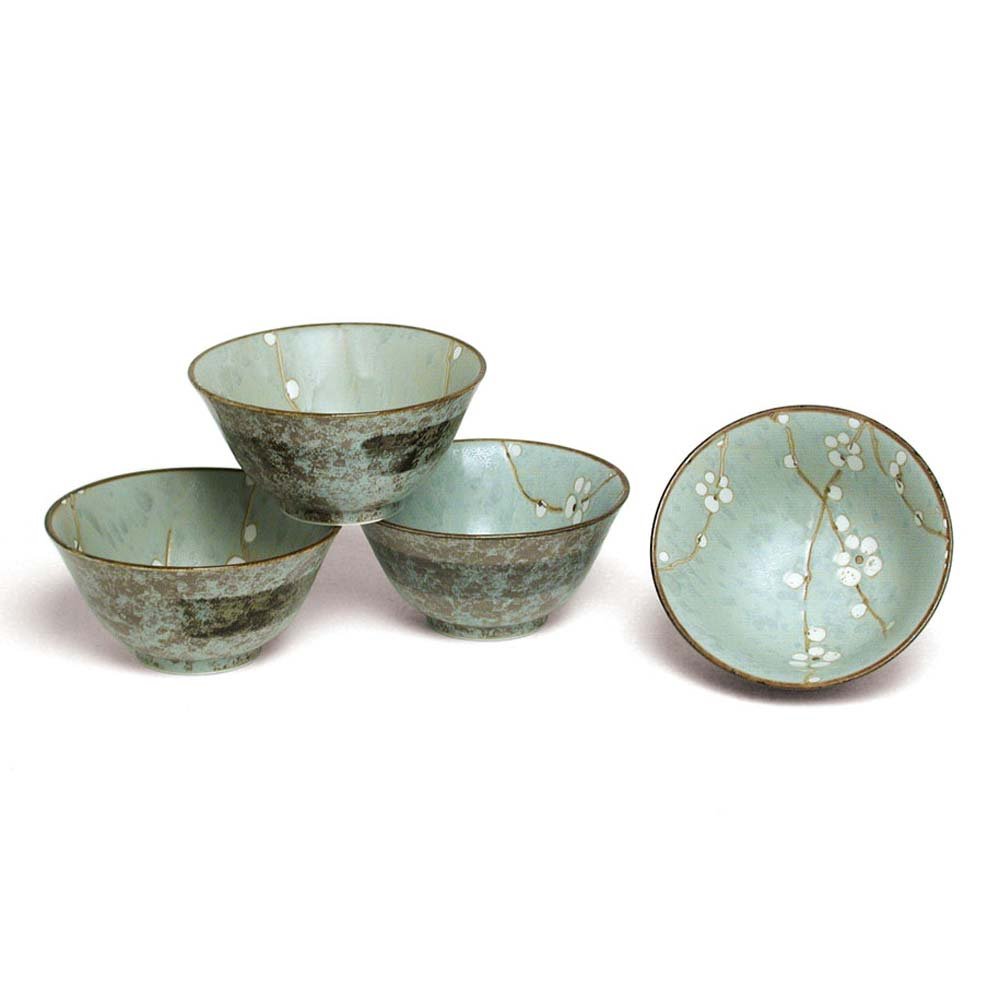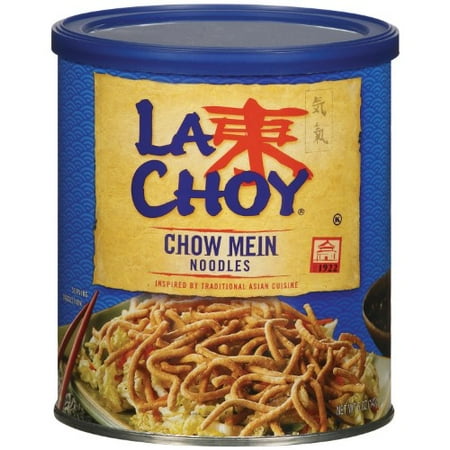
Spring may be in the air, but don’t put away those pots and ladles just yet; it’s still chilly, which means something warm to sip (or slurp) is still in order. But lightness suits the change of weather that’s now afoot. With a new batch of seasonal vegetables arriving in markets—or soon to!—it’s time to look toward brothy concoctions featuring the sweetest peas, the tenderest greens, or the most vibrant herbs. We’re talking spring soups, the kind that favor fresh produce and light bases over meaty chunks and gravy-thick stews.So let your produce drawer lead the way and keep simmering on. For some springtime soup inspiration, here are nine savory bowls that will keep things hot without weighing you down.
1. Quinoa Chowder with Spinach, Feta, and Scallions

Chowhound
This recipe has flavor built right in. Its spring greens get lightly simmered to create the broth, releasing delightfully earthy and grassy tones that make for a comforting sip. Get our Quinoa Chowder with Spinach, Feta, and Scallions recipe.
2. Green Pea Soup

Chowhound
Forget those dull, anemically colored pea soups of yore. This showstopper takes full advantage of fresh, sweet spring peas in all their vibrant and verdant glory, plus mint and leeks for good measure. (Fresh fava bean soup is another great green option.) Get our Green Pea Soup recipe.
3. Quick Vegetarian Pho

Chowhound
This shortcut pho is a perfect way to showcase whatever tender, fresh vegetables start popping up first—or make use of stalwarts like spinach and mushrooms. When ramps appear, we recommend adding some of David Chang’s pickled ramps for a piquant garnish. Get our Quick Vegetarian Pho recipe.
4. Kale and Parmesan Egg Drop Soup

Chowhound
Kale is one of those winter greens that you can rely on all year long, and it works in all sorts of preparations, including soup (try a smoky, garlic-heavy one in winter). A lighter broth and gently cooked eggs make this a perfect way to bring kale into the spring of things. Get our Kale and Parmesan Egg Drop Soup recipe.
5. Cream of Artichoke Soup
A little bit of cream never hurt an artichoke. This recipe pits the two together for a bowl that could best be described as pure silk. Get the Cream of Artichoke Soup recipe.
6. Asparagus Soup

Chowhound
Asparagus gets along famously with butter and lemon juice, so they all teamed up for a pool party in a bowlful of steamy chicken broth enriched with a little crème fraîche. Get our Asparagus Soup recipe.
7. Cauliflower and Arugula Soup
Arugula is good for more than just salads. When wilted and pureed, it brings a pleasant and lively bitterness and spice, ensuring that this potato and cauliflower based soup doesn’t rest on creamy. Get the Cauliflower and Arugula Soup recipe.
8. Beet, Squash and Radish Moroccan Stew

Chowhound
This is something of a transitional recipe, with one foot in the frosts of winter and another looking toward spring. It’s got plenty of steamy, hearty soul to cure any residual seasonal blues, while its bright, beet-dyed color and assortment of light vegetables keeps things on the perky side. Get our Beet, Squash and Radish Moroccan Stew recipe.
9. Basic Vegetable Soup

Chowhound
No matter what you do with your farmer’s market haul for this season, don’t let the odds and scraps go to waste. Use that leftover produce in a bowl of soup. This flexible recipe will help you get the most out of your spring vegetable selection. Get our Basic Vegetable Soup recipe.
Japanese Spring Blossom Bowls, 4 for $32.99 on Amazon
Bring a little spring to your bowl itself with this hand-painted bloom-bedecked stoneware set.
All featured products are curated independently by our editors. When you buy something through our retail links, we may receive a commission. For more great hand-picked products, check out the Chowhound Shop.
from Food News – Chowhound https://ift.tt/2TQapD3
via IFTTT












 Get Recipe!
Get Recipe!